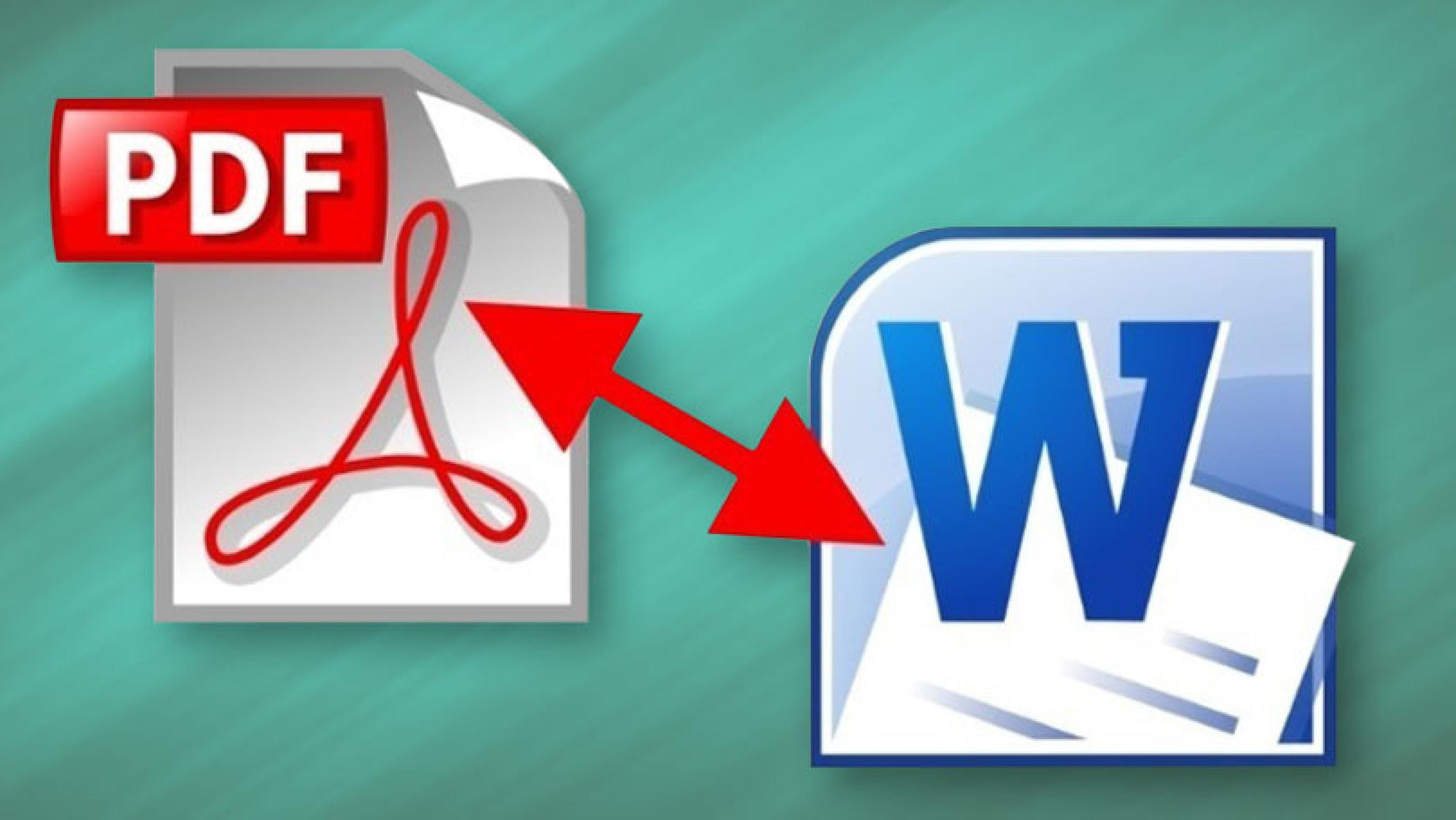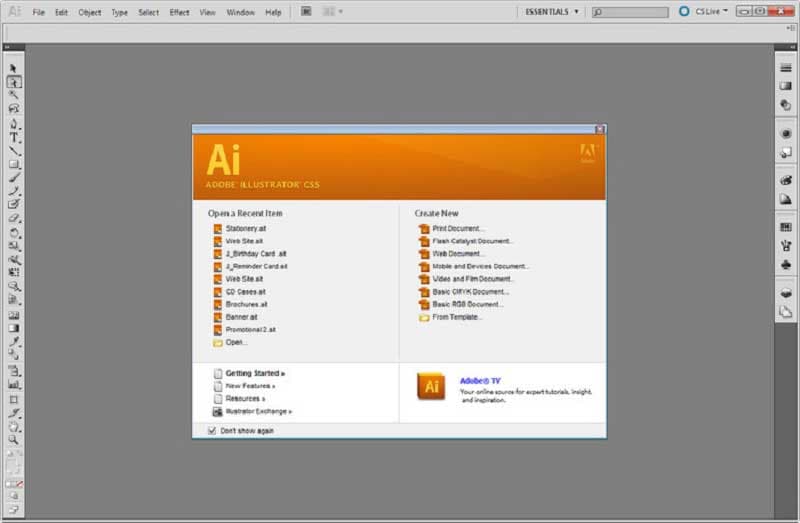

The Portable Document Format (PDF) is the industry standard for document sharing, as it creates an exact replica of any file you want to duplicate, including images. PDF files are not typically discussed when weighing options for image files, but you may need to convert PDF files to and from PNG or JPG formats. While you can certainly save a photo as a PNG and print it out, JPGs and PDFs are more suitable in this scenario.

PNG images undergo a different type of image compression that reduces the file size, but not to the same degree as a JPG file.ĭue to PNGs’ lossless image quality, they’re best reserved for online images with limited color palettes. One of the reasons why JPG images are widely used on the web is the friendly file size. The gray checkered background you often see in PNG images before downloading them indicates the transparency of that file.

One of the biggest advantages of PNG files is their ability to showcase transparency, making this file extension ideal for icons, logos, and smaller graphics that require transparency. This is directly at odds with a JPG file, which will further compress and lose information every time it’s edited or re-saved. The compression used when creating PNG results in no loss in quality, so the image can be saved, edited, and opened again and again without degrading over time. Search up an icon on a web browser and you’ll likely find a. Much like JPG files, PNG files are widely viewable and shareable across many platforms and programs. This is because PNG files were not intended to reduce file size, so they retain more image and color detail, and information than a JPG. PNGs are often higher quality than a JPG. However, you can just as easily save a photograph as a PNG. PNG is an acronym for “Portable Network Graphics,” and the image format is indeed optimized for graphics like graphs, logos, and text. Instead of exporting as a JPEG, export your images or designs for print as a PDF. It also means that you lose that data forever when the file is saved, so you can’t restore a JPG to its original quality.ĭue to JPEGs’ ability to compress files to make their size smaller, this means that JPGs are most suitable for viewing online rather than printing. This creates a smaller file, but it also means you lose some of the data in the image, resulting is lower quality. The algorithm that compress JPG images finds pixels that are essentially the same color, or value, and blocks them together into tiles. The main advantage of JPG images-smaller file size-also happens to be their weakness. This eliminates the need for any program required to view the image file. Since JPG images are a common file type, they’re easily shareable and viewable online.
Jpg to pdf adobe free#
Resizing images to smaller file sizes with free image resizing tools is a quick shortcut. So, if you have a 20MB (megabyte) image that is then saved as a JPEG, you can expect the file to be 2MB in size. When you first save a JPEG file, the rate of compression is about 10:1. If you’re designing a website, for example, utilizing JPG images will get you faster page load times and provide a better user experience because the files are smaller. This is the huge advantage of JPG images. If you’ve encountered a JPG-Large file and are unable to open them, simply rename the file to. In an attempt to resize the uploaded image to the correct dimensions on the platform, the file may change to JPG-Large instead. While not commonly used, JPG-Large files are sometimes seen when uploading images to social media platforms, such as Facebook or Twitter. What’s a JPG-Large?Ī more recent file extension, called a JPG-Large, is simply a larger version of the JPG file. Most of the photos you find online are likely in JPG format. Pronounced “jay-peg,” JPGs are designed to minimize the file size of photographs to make them more suitable for sharing and using in web design. In the older days of computers, file types had a character limit of three (hence JPG), but JPEG is now becoming more common. You’ll commonly see JPG expressed as JPEG, and functionally they mean the same thing. The JPG format was developed by Joint Photographics Export Group, which is where the file name comes from. Dive in and discover which file format works best for your current project: JPG, PNG, PDF, or TIFF.
Jpg to pdf adobe how to#
We’ll also show you how to convert your image files to and from other formats, like how to change a JPG to a PDF. There’s also PDF and TIFF, which is in another class from these usual image formats, but can still perform a few similar functions. PNG.īelow, we’ll break down the much-discussed comparison of PNG vs. Two of the most common (and commonly confused) file formats are JPG vs. No format is designed to accomplish the same tasks. Images come in many shapes and sizes, and every image format has its particular strengths and weaknesses. With so many image formats, how do you know the difference between PNG vs.


 0 kommentar(er)
0 kommentar(er)
